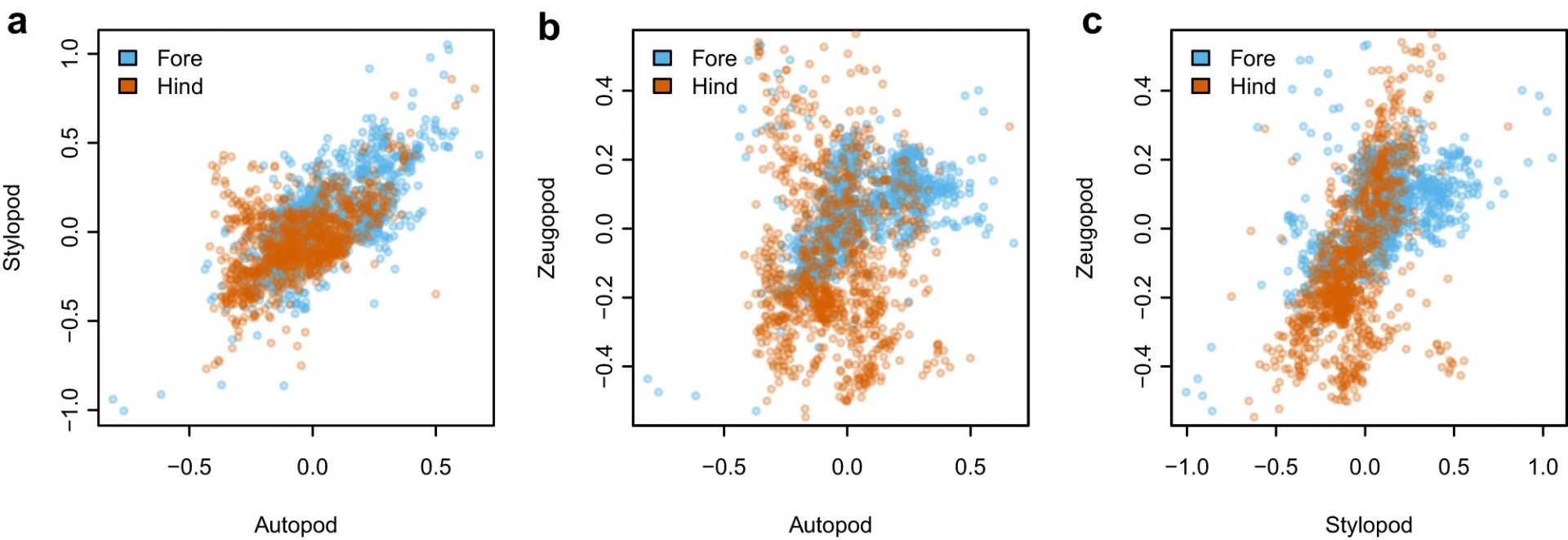A groundbreaking new study on bird evolution has revealed a fascinating correlation between skeleton complexity and species diversity. Published in Nature Communications, the research conducted by scientists at the Milner Centre for Evolution at the University of Bath sheds light on why biodiversity varies among bird populations.
Examining 983 species from all major bird groups, the researchers focused on measuring the complexity of their skeletons by comparing the bones in their fore limbs (wings) and hind limbs (legs). Surprisingly, they discovered that birds with less complex skeletons, characterized by smaller differences between their fore and hind limbs, exhibited greater species diversity. In contrast, birds with higher complexity and larger differences between their limbs, such as flamingos and ostriches, had fewer species.
This finding suggests that birds with more complex skeletons tend to occupy smaller niches and are less capable of subdividing those spaces to generate new species. While evolution can lead to forms with lower complexity, the study implies that birds with more complex skeletons have become highly specialized over time, making it less likely for them to evolve back to simpler forms.
Professor Matthew Wills, from the Milner Centre for Evolution, explains, “We wanted to understand what factors contribute to some bird groups being species-rich while others are species-poor. While ecology plays a role, it doesn’t fully explain the significant differences in biodiversity. Our study suggests that, in birds at least, specialization hinders the ability to give rise to new species.”
Additionally, the researchers found that birds with more complex skeletons tend to be ecologically specialized, occupying fewer habitats and relying on limited foraging strategies. This specialization makes them less resilient to environmental changes, such as habitat loss, disruptions in food chains, and climate change. Consequently, the study predicts that birds with complex skeletons and less diversity are at a higher risk of extinction due to these changes.
Excitingly, the researchers plan to investigate whether this pattern holds true for other animal species as well. This study opens up new avenues for understanding the intricate relationship between skeleton complexity, species diversity, and the preservation of biodiversity.








